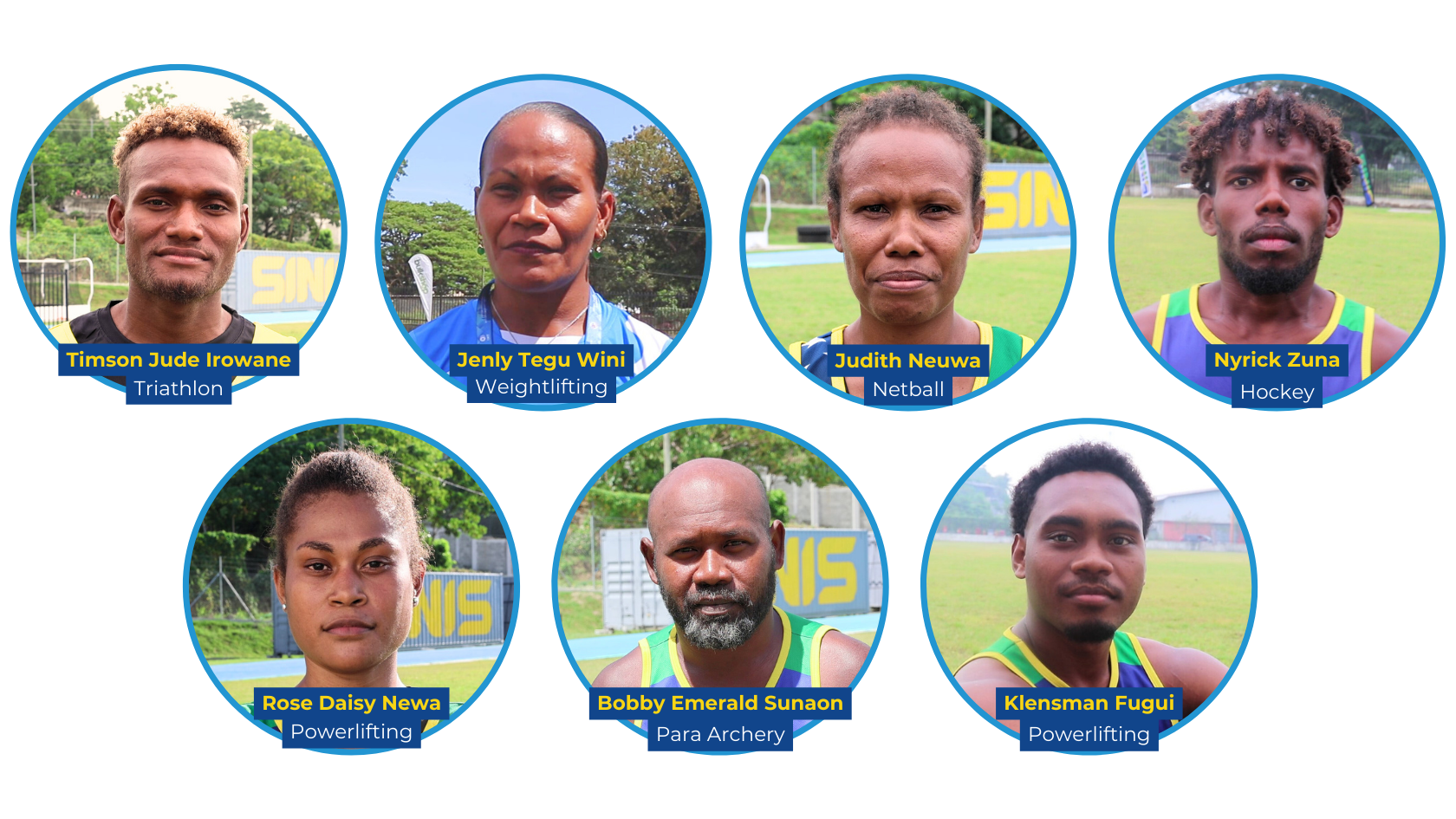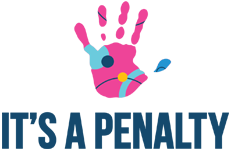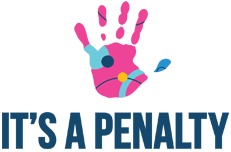





ABOUT CHILD ABUSE & EXPLOITATION
ABOUT CHILD ABUSE & EXPLOITATION
Understanding and learning more about child abuse and exploitation is crucial in order to identify when it is taking place, prevent it from happening and protect children harm. On this page, you will find information on the prevalence, characteristics and signs of these forms of violence.
Information relating to child safety and protection from abuse and exploitation may bring up strong feelings. Remember, you are not alone. If you need assistance or support, you can access a list of dedicated services on our Finding Help page.
What is Child Abuse and Exploitation?
Child abuse is the mistreatment of a child that is likely to, or does:
- Cause any detrimental effect to a child’s physical, psychological, or emotional wellbeing;
- Endanger a child’s physical or emotional health, development or wellbeing.
This abuse may occur once, or be repeated, and includes physical abuse, emotional or psychological abuse, sexual abuse, neglect, and exposure to family violence. Importantly, one type of abuse can often increase the risk of suffering other types of abuse. Abuse can take place both online and offline, and may involve harassment, grooming and other forms of non-contact behaviour.
Child exploitation is when someone uses a child for financial gain, sexual gratification, labour or personal advantage. For example, child sexual exploitation takes place when sexual abuse of a child is recorded (e.g. in photos or videos), the child is encouraged to view sexually graphic material, or a child is engaged to participate in sexual conversations (including over social media).
The information on this page as part of the campaign primarily focuses on child sexual abuse and exploitation. To learn more about other forms of abuse and neglect, please click here.
Key Statistics
GLOBAL
- Globally, it is estimated that up to 1 billion children experience physical, sexual, or emotional violence or neglect in a year (2016). 1
- 1 in 8 children worldwide are sexually abused or exploited before the age of 18. 2
- In 89% of child sexual abuse and exploitation cases, the perpetrator is known to the child. 3
REGIONAL
- In the Solomon Islands, 37% of women aged 15–49 reported being sexually abused before the age of 15. 4
- In Australia, more than 1 in 3 girls and almost 1 in 5 boys have experienced sexual abuse. 5
- 1 in 5 tamariki in Aotearoa New Zealand experience sexual abuse before the age of 18. 6
- Sexual abuse against boys and girls in the Pacific is a major issue of concern.
- According to one report, on average 10.5% of adolescent girls in eight Pacific countries experience sexual violence. 7
1 Hillis, S. et al. (2016). Global Prevalence of Past-year Violence Against Children: A Systematic Review and Minimum Estimates. Pediatrics 137 (3).
2 Stoltenborgh, M. et al. (2011). ‘A global perspective on child sexual abuse: meta-analysis of prevalence around the world,’ Child Maltreatment 16:2, pp. 79-101.
3 Finkelhor, D. and Shattuck, A. (2012). ‘Characteristics of Crimes against Juveniles’, University of New Hampshire: Crimes Against Children Research Center, May, p. 5.
4 Solomon Islands Family Health and Safety Study (2013).
5 The prevalence and impact of child maltreatment in Australia: Findings from the Australian Child Maltreatment Study: Brief Report. Australian Child Maltreatment Study, Queensland University of Technology. Mathews, B. et al. (2023).
6 New Zealand Child Abuse Statistics. Child Matters (2021).
7 Save the Children Australia (2019).




